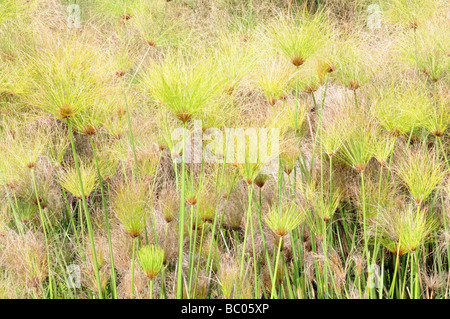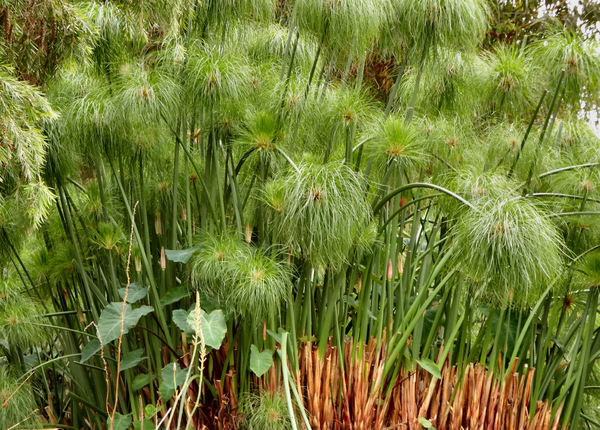

Its flowering heads were linked to make garlands for the gods in gratitude. 10) states that it grew in Syria, and according to Pliny's Natural History, it was also a native plant of the Niger River and the Euphrates.Īside from papyrus, several other members of the genus Cyperus may also have been involved in the multiple uses Egyptians found for the plant. Theophrastus' History of Plants (Book iv. Cyperus papyrus is now used mainly for decoration, as it is nearly extinct in its native habitat in the Nile Delta, where in ancient times it was widely cultivated. Its name in Greek and in English is widely believed to have come from Egyptian. Papyrus was an important, "Gift of the Nile" which is still preserved and perpetuated in the Egyptian culture.Įgyptians used the plant (which they called aaru) for many purposes, most famously for making papyrus. Egyptians made efficient use of the entire plant. The woody root was used to create bowls and different utensils, and was also burned for fuel. In Ancient Egypt, papyrus was used for various of purposes such as baskets, sandals, blankets, medicine, incense, and boats. The papyrus plant is relatively easy to grow from seed, though in Egypt, it is more common to split the rootstock, and grows quite fast once established. Botanically, these represent reduced leaves, so strictly it is not quite correct to call this plant fully "leafless". The younger parts of the rhizome are covered by red-brown, papery, triangular scales, which also cover the base of the culms. Greenish-brown flower clusters eventually appear at the ends of the rays, giving way to brown, nut-like fruits. Each stem is topped by a dense cluster of thin, bright green, thread-like stems around 10 to 30 cm (4 to 10 in) in length, resembling a feather duster when the plant is young. It forms a grass-like clump of triangular green stems that rise up from thick, woody rhizomes. This tall, robust, leafless aquatic plant can grow 4 to 5 m (13 to 16 ft) high. papyrus 'Nanus' have gained the Royal Horticultural Society's Award of Garden Merit.

#Papyrus reed buy full
In nature, it grows in full sun, in flooded swamps, and on lake margins throughout Africa, Madagascar, and the Mediterranean countries.Ĭ. It is now often cultivated as an ornamental plant.

Parts of the plant can be eaten, and the highly buoyant stems can be made into boats. Papyrus sedge (and its close relatives) has a very long history of use by humans, notably by the Ancient Egyptians-it is the source of papyrus paper, one of the first types of paper ever made. It is a tender herbaceous perennial, native to Africa, and forms tall stands of reed-like swamp vegetation in shallow water. Papyrus Sedge, Paper Reed Seeds (Cyperus papyrus) Price for Package of 10 seeds.Ĭyperus papyrus (papyrus sedge, paper reed, Indian matting plant, Nile grass) is a species of aquatic flowering plant belonging to the sedge family Cyperaceae.


 0 kommentar(er)
0 kommentar(er)
